The Unpopular Currency: Why $100 USD is the Most Hated
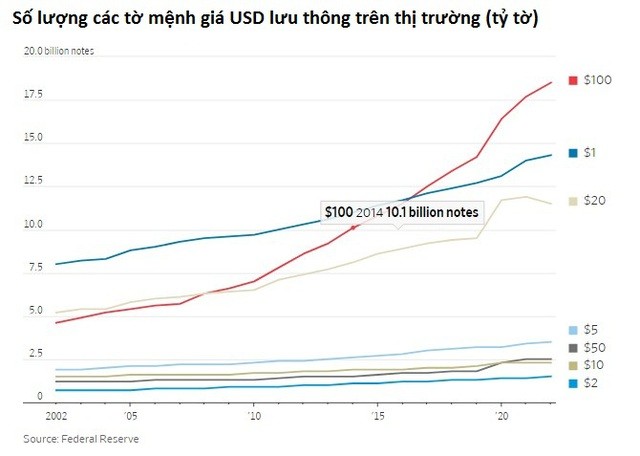
The recent surge in Bitcoin has caused shockwaves in the world of digital currency and among experts. Traditionally, during times of low interest rates, digital currency markets thrive. However, this time Bitcoin has made history despite the Federal Reserve (FED) tightening its monetary policies.
The rise of Bitcoin has led many to reevaluate the US dollar, the most widely circulated currency in the US and globally.
According to the Wall Street Journal (WSJ), the $100 bill is the most common denomination in circulation, but ironically, it is also the most despised by Americans and economic experts.
So, what is happening with the $100 bill in the context of record-breaking digital currencies?
Difficult to Spend
Rayza Sison, a 26-year-old woman, faced rejection when she tried to spend five $100 bills at a flea market in New York. The vendors refused to accept them, stating that they were unable to exchange them and only accepted online payments through Venmo or Zelle.
Undeterred, Rayza attempted to use her $100 bills at local coffee shops and fruit stands, only to be denied once again.
“I had hoped that $100 bills would be easier to spend, especially at flea markets, but I was wrong,” lamented Rayza Sison.
According to WSJ, Rayza’s experience is not uncommon. The US dollar is the most widely circulated currency in the US and globally, even surpassing the $1 bill. However, the $100 bill is primarily hoarded rather than spent.
Even cashiers have to take extra time to verify the authenticity of $100 bills due to their high denomination.
For economic experts, the $100 bill is often associated with illegal activities, tax evasion, and calls to reduce its circulation in order to promote online payments.
“Nowadays, many people will question the legality and authenticity of $100 bills when you use them for spending,” said Sage Handley, a research and marketing expert at Texas.
Recently, a 23-year-old marketing specialist conducted an experiment using $100 bills and posted it on TikTok, highlighting the confusion among consumers and the skepticism of sellers about their purpose.
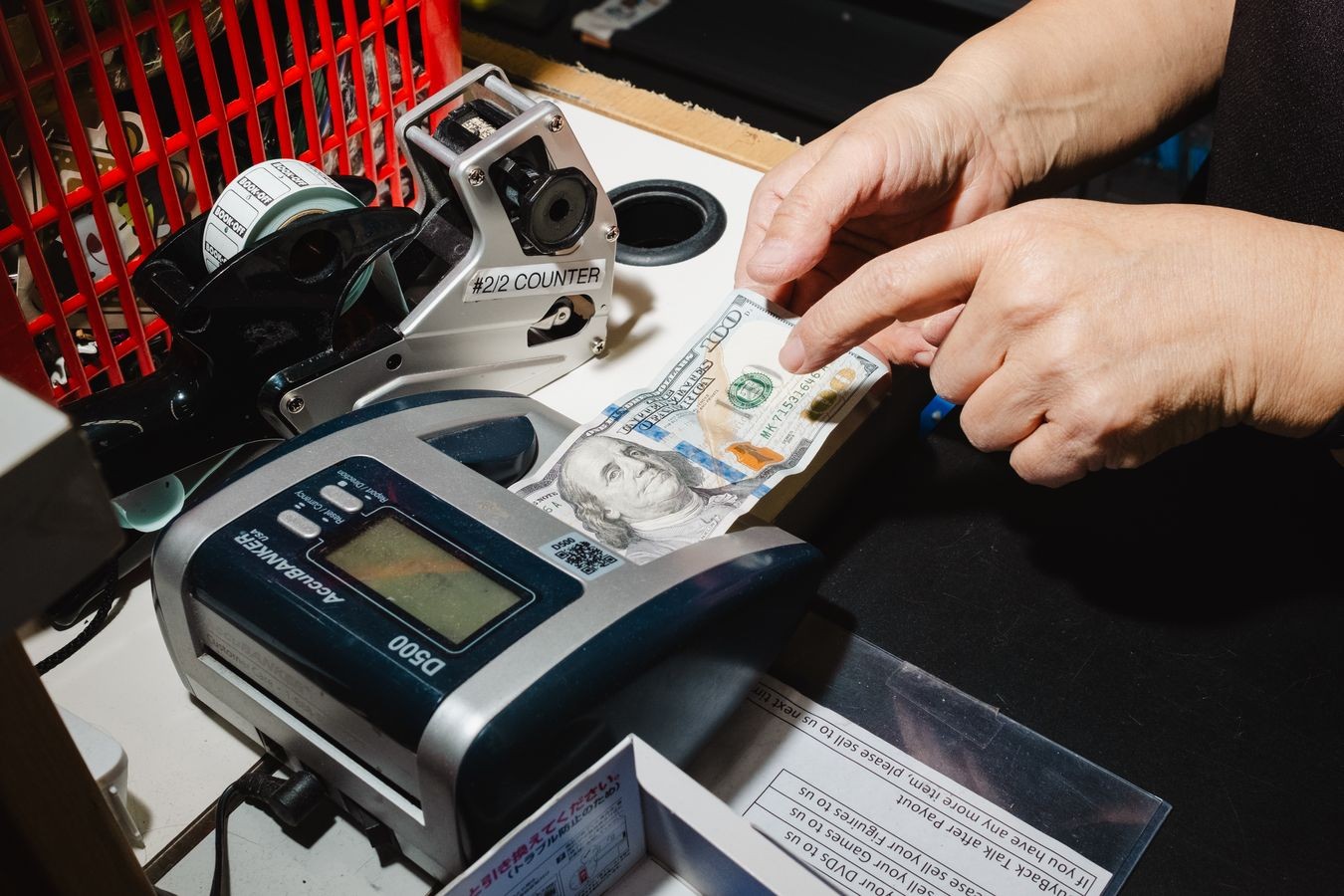
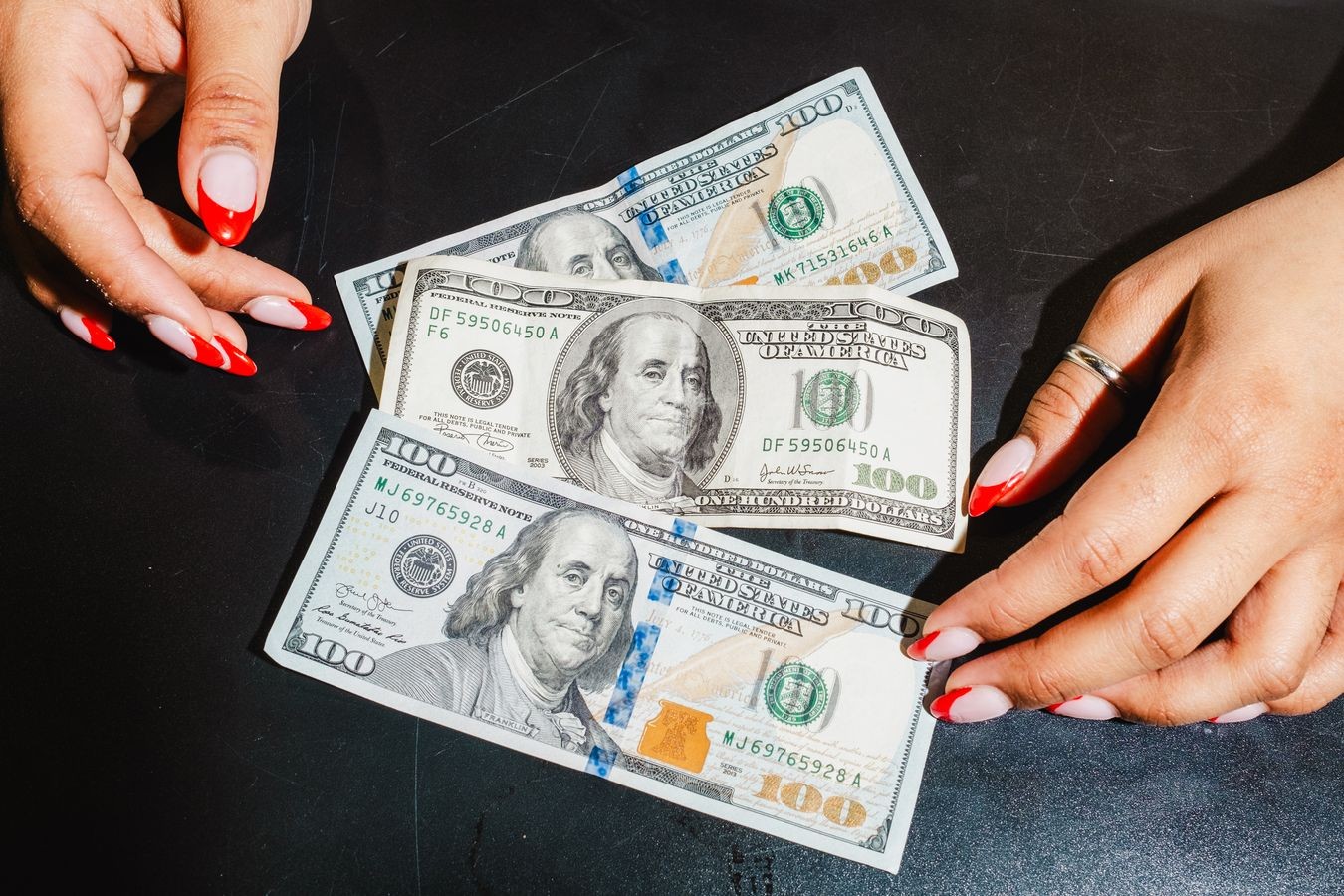
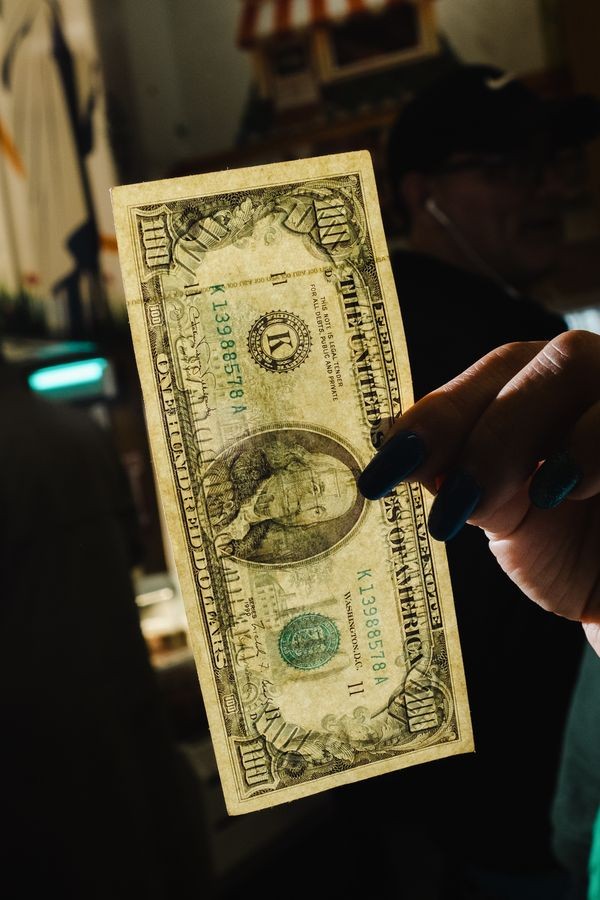
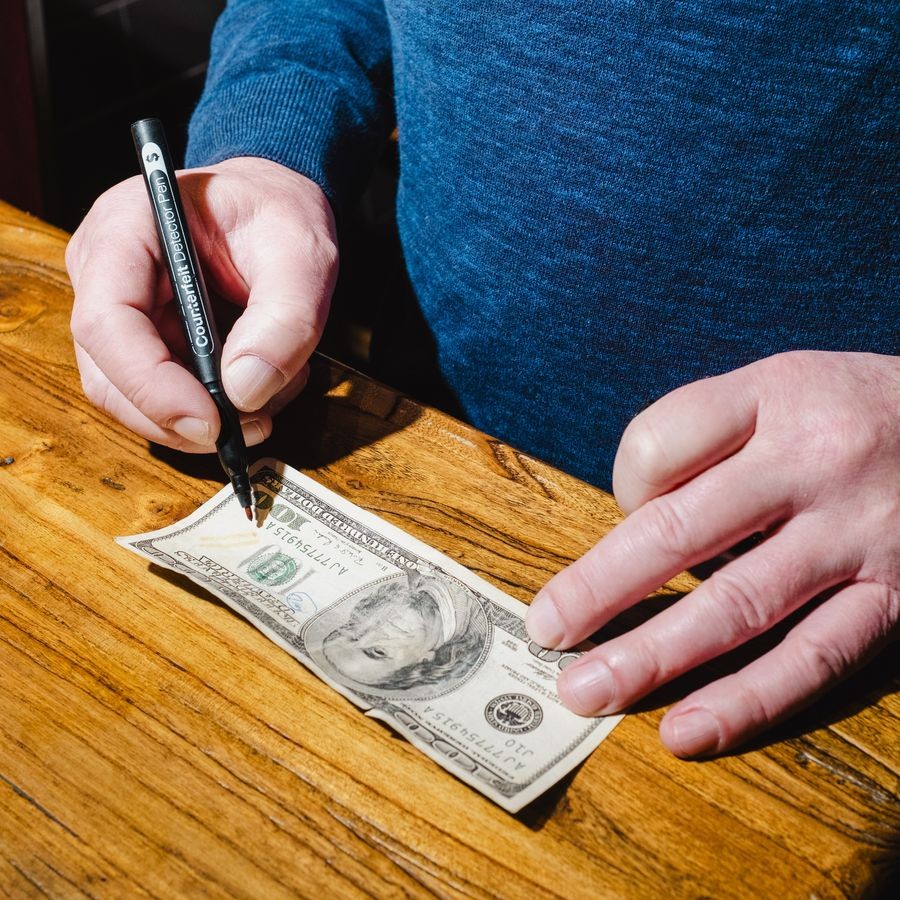
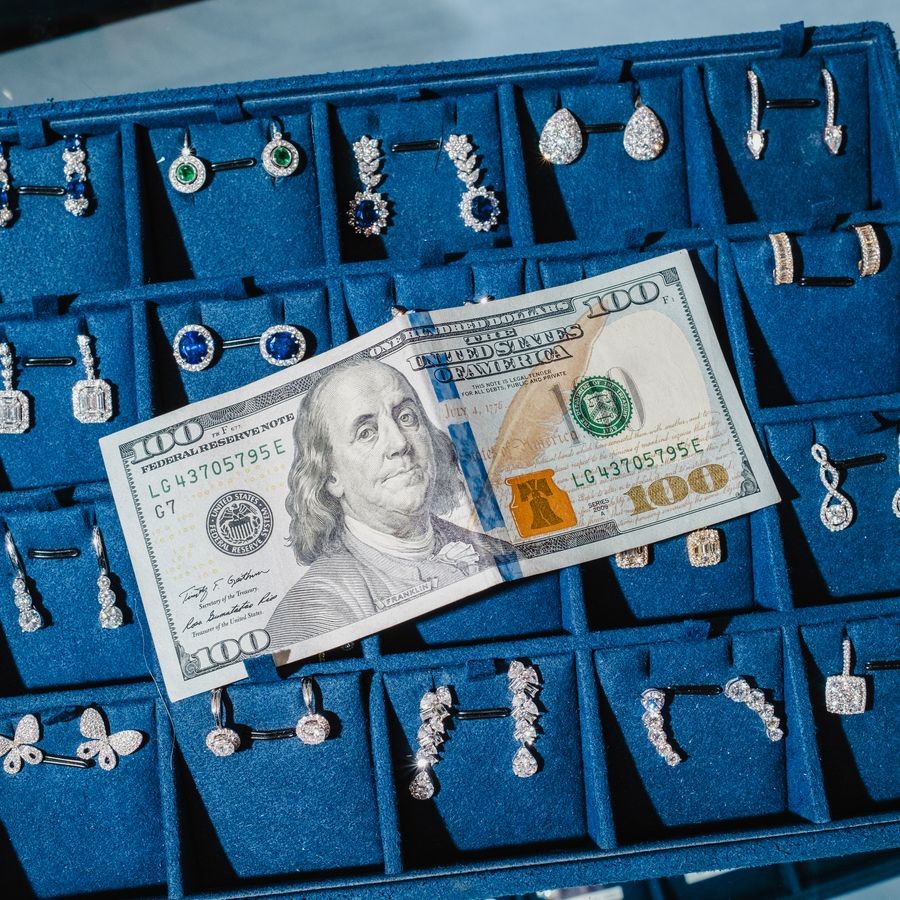
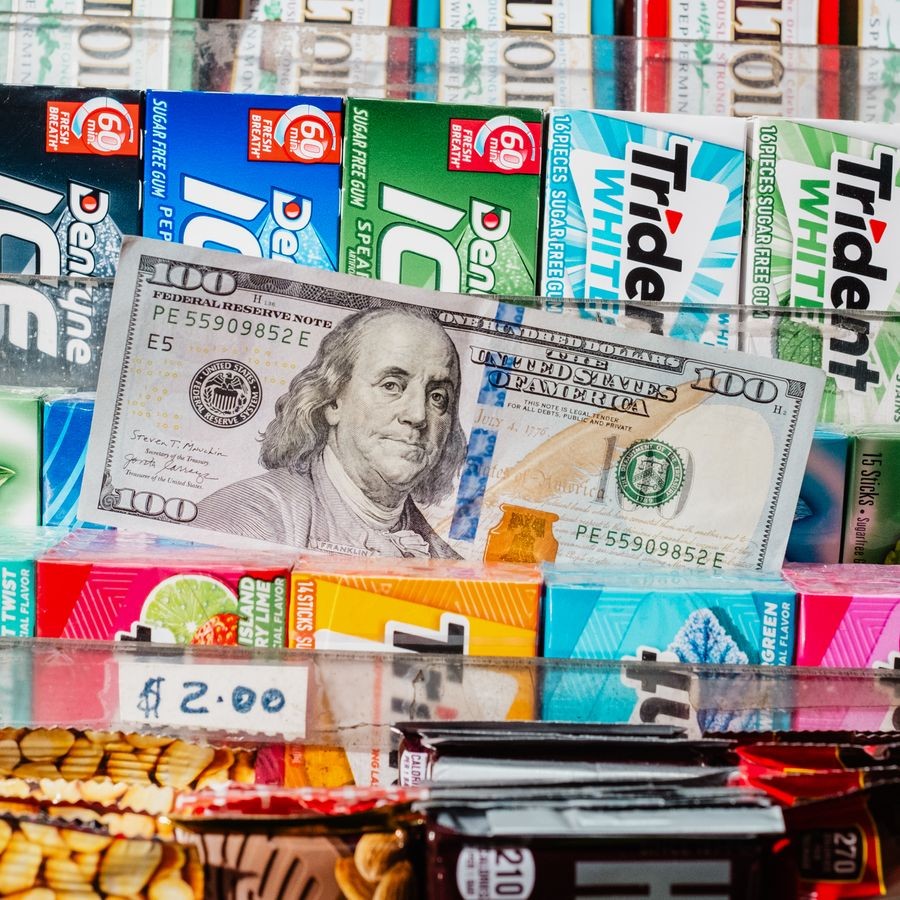
Doubt and Suspicion
A WSJ reporter also conducted an experiment in Manhattan, New York, trying to use $100 bills to pay for small-value items. Most cashiers became wary and suspicious of the buyer’s motives.
Many cashiers resorted to tricks or even scanning devices to verify the authenticity of the bills.
At a bookstore, a cashier even shouted, “Please wait for verification,” when the WSJ reporter handed over a $100 bill for a $3 children’s book. This caution is understandable as the store had previously caught a customer attempting to use counterfeit $100 bills for purchases.
Similarly, a nearby vegetarian restaurant refused to accept a $100 bill as payment for a $4.95 bottle of Kombucha due to a lack of change.
According to the Federal Reserve’s report, 60% of payment activities in the US are made through bank cards. Cash usage has sharply declined during the pandemic and has yet to fully recover.
While cash ranks third in popularity among payment methods in the US, the $100 bill continues to circulate due to hoarding and illicit activities.
According to Harvard University economics professor Kenneth Rogoff, despite half of all $100 bills currently being held overseas, there are still enough in the US for each citizen to possess around $55 worth of them in 2022.
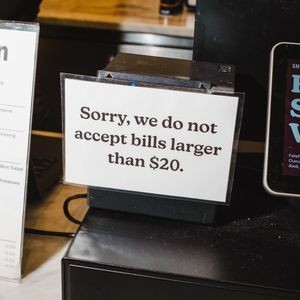
Caption: “Sorry, we do not accept high-denomination cash above $20.”
The Denomination Effect
According to WSJ, while smaller bills quickly deteriorate and are easily replaced with each new government printing, $100 bills tend to last longer because they are primarily used as a store of assets.
Additionally, they are often associated with illegal activities, illicit trades, and tax evasion.
People often exchange large sums of cash for luxury goods and then resell them to obtain clean money.
From an economic perspective, the inconvenience of using $100 bills does not stimulate consumption but rather benefits illicit activities.
A study found that college students tend to buy fewer items when given a $100 bill compared to five $20 bills. This phenomenon is known as the “Denomination Effect” in economics, where the form and representative value of money influence consumers’ spending behavior.
Even with the current inflation rate, $100 bills are slowly losing their accumulated value and are primarily used for illicit activities. Currently, a $100 bill is only worth about $76 compared to a decade ago.
Clearly, while digital currencies are booming, $100 bills are becoming increasingly unpopular among Americans. Perhaps only criminals appreciate hoarding these bills.
Source: WSJ
